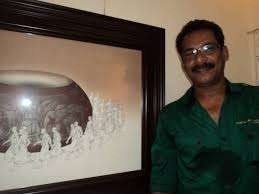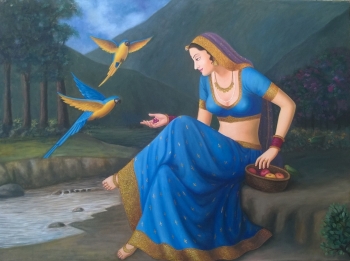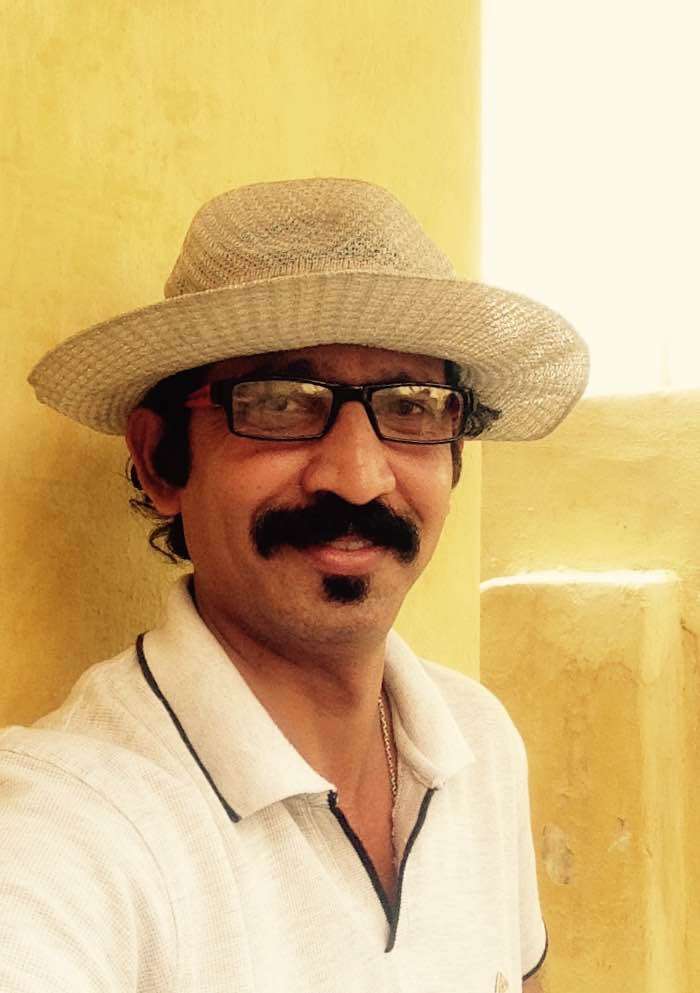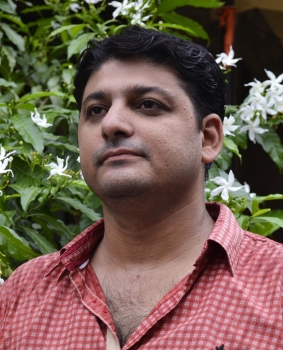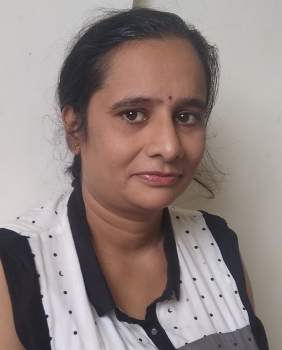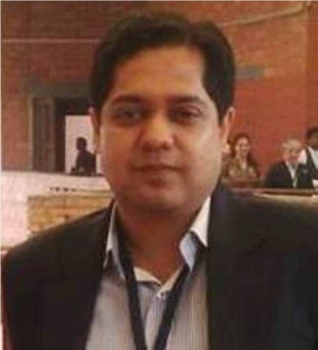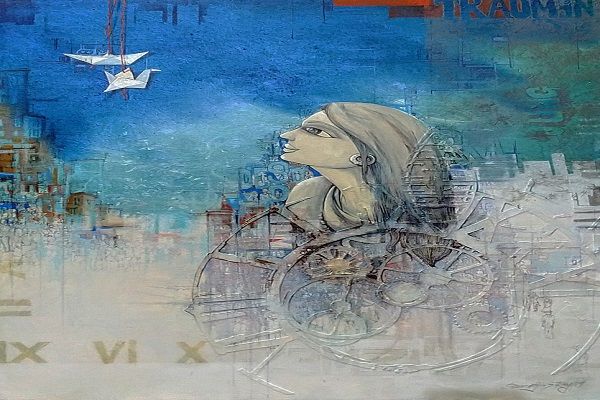
There are many art movements that the art world has witnessed. The most recent one is the intermixing of technology is art to produce something known as Digital Art. It all started with Andy Warhol’s silkscreen prints. In the year 1960, a new term to denote the marriage of contemporary art and technology was coined. It was New Media Art-the process in which art was created by the intervention of computers and other scientific-technological procedures.
This global phenomenon influenced artists in Mumbai to explore the new vistas of this newfound genre. A Studio situated at the Nepean Sea Road, in April of 1969, attempted to create something new while experimenting with the technology.
Akbar Padamsee’s Contribution
Akbar Padamsee was the pioneer of this movement. He established the VIEW or Vision Exchange Workshop. The aim and objectives of this workshop were to provide necessary instruments to artists that were not readily available at those times such as 16mm Cameras, apparatus for experimenting with photography, tools for editing films, and projection facilities with myriad other things.
The workshop collected under its umbrella people from various fields like artists, cinematographers, editors, animator, film-makers, and even a psychologist. The initiative ended after three years in the year 1972 but it provided fertile vision and reasonable foresight which was much ahead of their times. Unfortunately, an output of this extensive exercise got lost. It was Padamsee’s ‘Events in a Cloud Chamber.’
It was a reproduction of Padamsee’s own one of the most famous landscape paintings made in oil on canvas style. It was a 16mm camera named Bolex. The abstract film was 6 minutes long. It features a shaky scenic landscape in monochrome. He used light projections, filters that were tinted, and stencils to create this out worldly experience. The whole idea was condemned and criticized.
Recently, another filmmaker Ashim Ahluwalia has attempted to reproduce the lost artwork by working on the abstracts from Padamsee’s another abstract film- Syzygy. The art now lost started a cult that resulted in a revamping of art practices in India.
The whole spark that is known as the New Media Art is symbiotic with the internet, artificial intelligence, biotechnology, and virtual assistants like Siri, Alexa, etc. virtual and augmented reality, and Human robots like Sophia. A Decade ago, technology was just an assistant in conceptualizing the actual imagination, a mere medium, a means to end in creating contemporary paintings and artworks.
Also Read: Decoding Contemporary Art and its Voyage
The path is dark and full of Terrors!
The roles of Machines and technology have changed a lot and it has taken a significant place in the creation of creative works. In some cases, the machines are contributing ideas and concepts like the artist who started the project. There are many artworks that have been made by machines working as co-participants. The aptest example of this is Arboreal and Hopeful Monsters conceptualized by Rohini Devasher, a Delhi based artist.
Also Read: Artists of India And Their Rising Fame
Initially, starting with the baby steps, the machines are now taking long leaps in the world of art. They have become art themselves. Kausik Mukhopadhyay has made an installation in Mumbai. He got his inspiration from the ‘Jugaad’ which is referred to as a shortcut to make good the discarded technology.
The subject matter of his artwork is discarded tech like mixer grinders, computer monitors, telephones, etc. he collected them form his students and friends. The astonishing fact about his installation, ‘Small, Medium but Not Large’, is that these gadgets work like they are not supposed to work, randomly. The sound they make seems like a cacophony but after some time, it takes the shape of accidental music. ‘Toofan Mail’, another work of the artist takes broken pieces of art to make a train.
Artists are also working with sophisticated techs in collaboration with scientists and engineers to explore the possibilities of working with machines and how they could be maneuvered in arts. Aparna Rao and Soren Pors are trying to develop ‘Poetic Animatronics through Hands-on Systems’ at Wyss Zurich laboratory. With this, they are trying to imbibe the feeling of shyness.
The integration of technology with other aspects of life and with art was taking slower turns in India as compared to other parts of the world. But, the trends have altered in the last decade exponentially. A lot of Indian artists are now responding to the wakeup call of New Media Art. Several games, apps, and other software using virtual reality to create virtual worlds with the help of CGI and 3D tech have surfaced recently.
What is Blender?
There is a public project for arts that have been developed by individuals coming from different streams like artists, animators, scientists, engineers, VFX professionals, students, etc. this work has been curated in a way that it has now developed to become a must for anyone who is working in 3D and Animation. Many artists are now using Blender to produce art with graphics. Pranay Dutta is based in Vadodra. He extensively uses the technology and has come up with ‘A steel Sky’ which is a 3d video featuring the structures made of ice floating on waters having a silver shimmer. He grabbed the ‘Inlaks Fine Art Award recently.
AI and Art in India
Artificial intelligence and art have a long way to go to come together. India lacks the necessary infrastructure that is needed to make artworks using AI. It is expensive and available human resource is not having the required skills to operate such tech. Although, a Delhi based gallery named Nature Morte curated an art exhibition in the year 2018 and was marketed as India’s first exhibition to be based on Artificial Intelligence.
Warp-up
The Tech-art in India would broaden its horizons with these new collaborations. It would tread on new paths to accommodate new technologies like artificial intelligence. This would have the repercussion of its own. Recently, Christie’s, one of the most famous art auction centers in the world, organized an auction for bidding on artworks that were created by Machines without any human intervention in the conceptualization. The time is not far when debate would spark as to who is making the art now, the Machine or the Humans.











